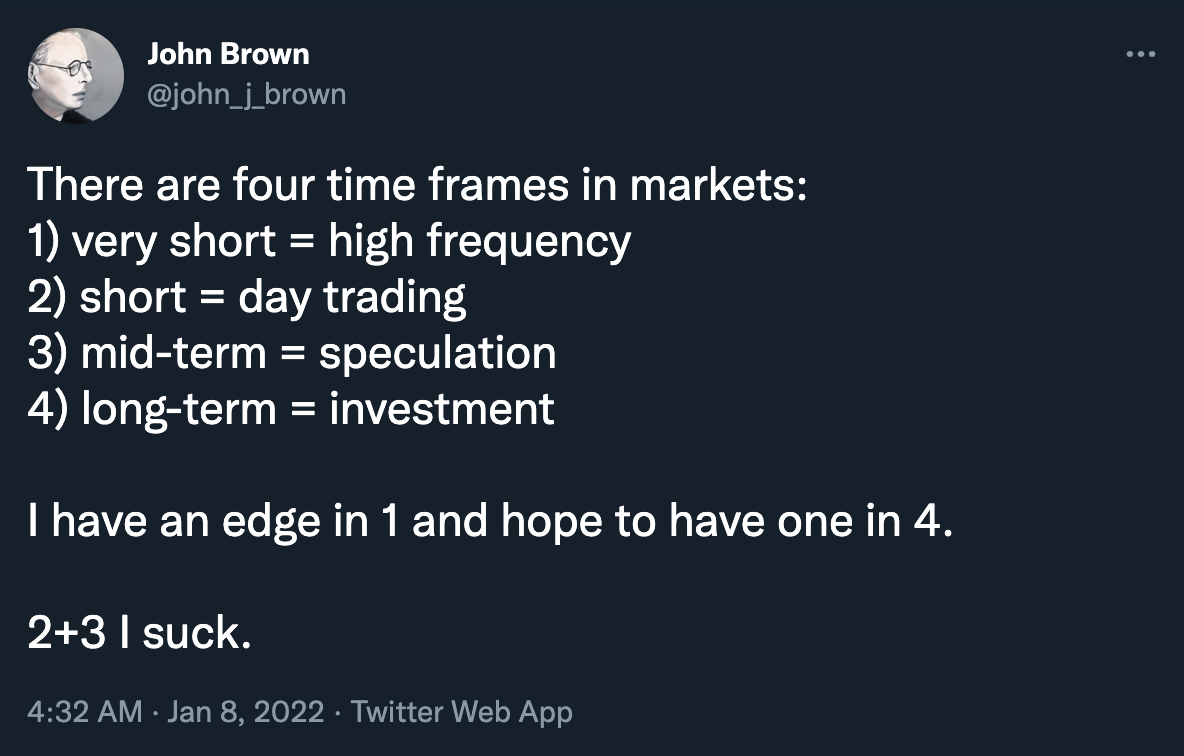The most successful product-driven companies are customer obsessed. Teams at these companies work relentlessly to get close to customers and represent the voice of the customer. This mindset allows your teams to develop a deeper understanding of the problems worth solving and build greater empathy for the people who face those problems.
Most leaders are able to acknowledge the importance of this. But too many leaders believe they can jump in, put a mandate in place, and see immediate results without having to put in the work themselves. If you want to build up your customers, you must first build up your people.
Empathy gives rise to empathy. Trust gives rise to trust.
You can’t expect your team to connect with and care deeply about your customers if you don’t demonstrate the same for your team. Attempting to build from a place of “do as I say, not as I do” is delusional and ineffective. But if you create this connection first within your team, it creates the foundation for a deeper connection with your customers.
“Operations occur at the speed of trust.”
As a leader, this doesn’t mean you need to be in the weeds leading discovery efforts and research interviews with customers. But if you want your team to show up and care about your customers, you need to build that same empathy and trust within your immediate team.
This can be as simple as using 1/1s to talk through challenges your team might be facing. You don’t always have to fix things or offer up solutions. Listen, make them feel heard, and connect to what they’re feeling about an experience. Then you can think about problem-solving together.
Retros are also a great way to build trust. But you need to lead by example, put something out there that you’re struggling with, and create a sense of safety for the team. When the team feels this, they’ll lean in together to lift each other up.
I’ve also found that providing actionable, thoughtful feedback after a big meeting or presentation can go a long way. Recognizing the specifics of what someone did well and what could be improved fosters a growth mindset. And reflecting on how to get even better as a team—what to double down on, what to work on—shows you’re working in the same direction.
Each day you have an opportunity to make people feel heard and to help the team push each other. Sprint planning, standups, quarterly planning, career conversations, engagement surveys, product reviews—every single touchpoint is an opportunity to lean in with your team.
Where this can break down is when we trick ourselves into believing top performers don’t care as much about these things. We tell ourselves they have their own work ethic and hold themselves accountable. We just need to focus on providing the right incentives and meaningful problems—which is certainly true in some capacity. But it’s a shortcut our minds take to avoid putting in the work and having real conversations. Staying in the shallow can feel easier in certain moments. But the truth is that top performers are also motivated by empathetic leaders who give a shit about their people. This connection is critical to their success and your team’s success.
“Understanding a person’s hunger and responding to it is one of the most potent tools you’ll ever discover for getting through to anyone you meet in business or your personal life.”
By glossing over building a deeper connection with your team, you might end up with a marginally effective band of mercenaries who can keep the lights on. But you’ll struggle to connect with customers or achieve any sort of meaningful impact. It starts from the inside out.
And this is true at every level of your career. If you’re a product manager leading a squad, you must care about your team and building them up before you can think about delivering meaningful impact for customers. If you’re a middle manager, the same holds true of your direct reports—you must create a connection built upon empathy and trust. This provides your people the confidence to mirror this approach across both their teams and the customers they interact with.
If you want to increase your leverage and maximize your impact as a leader, start here. It’s a simple lesson but one that’s easy to lose sight of. By building up your team—showing up, listening, and instilling trust—you unlock your people to do their best work and show up at their best with customers.










